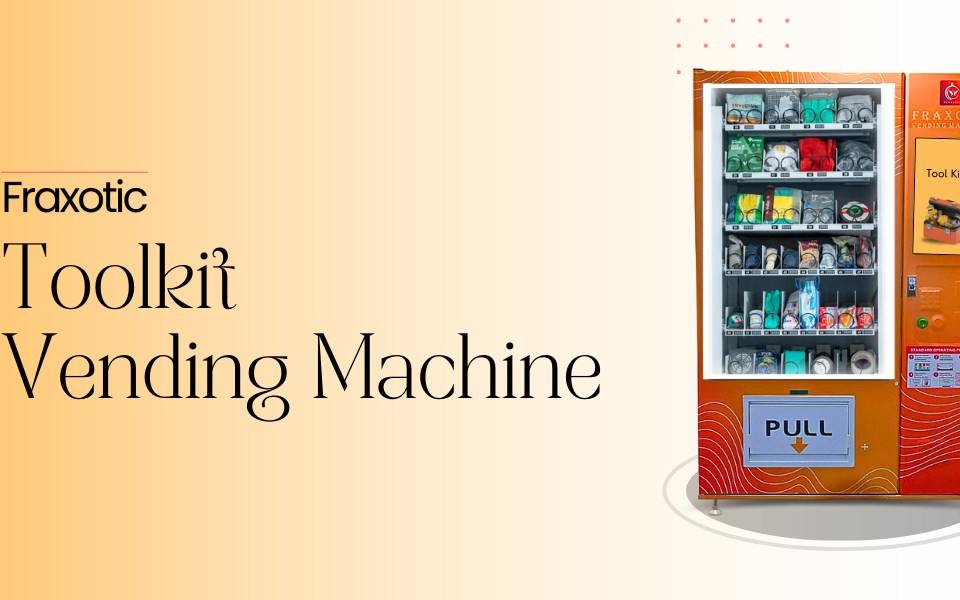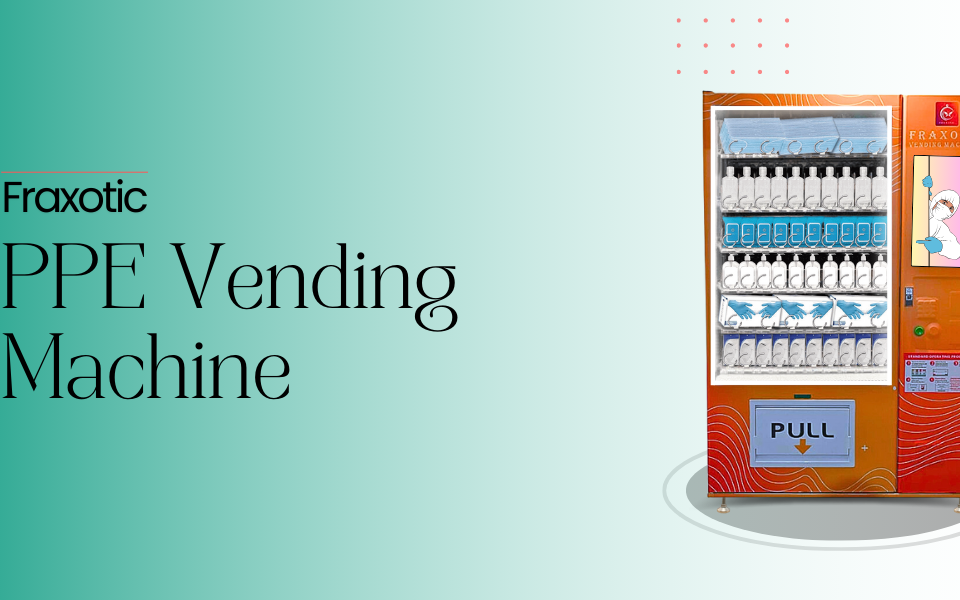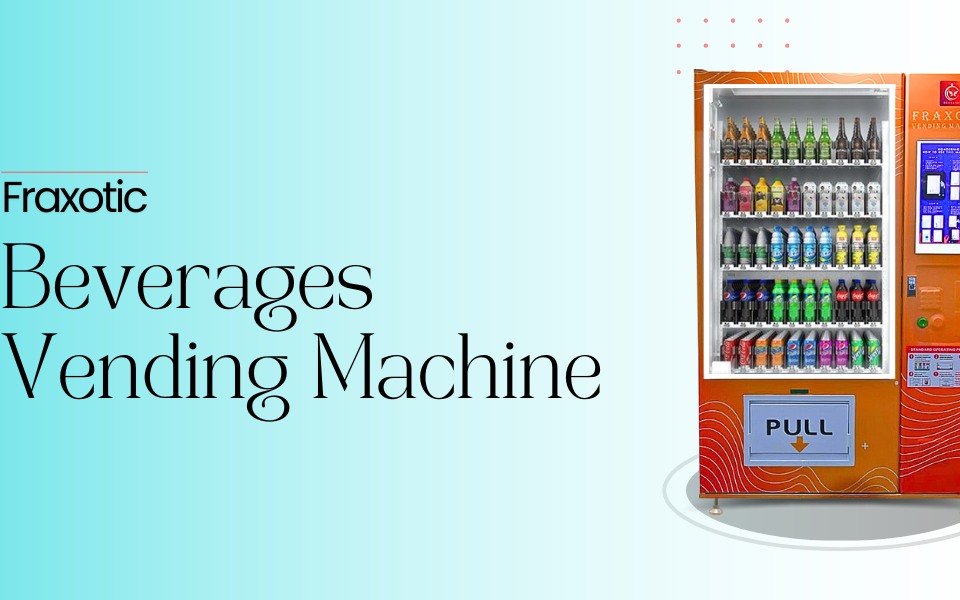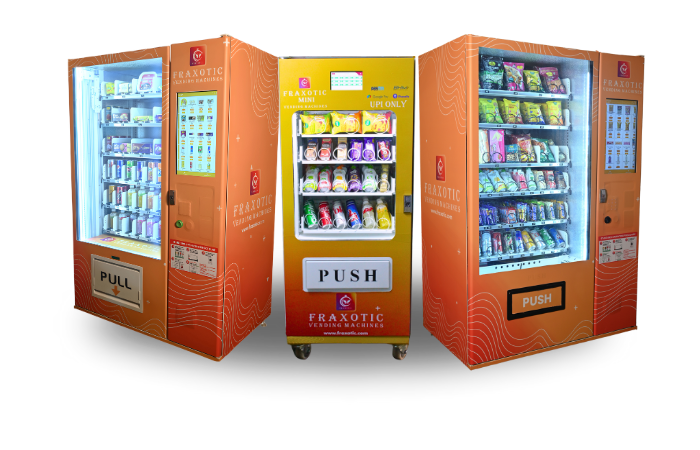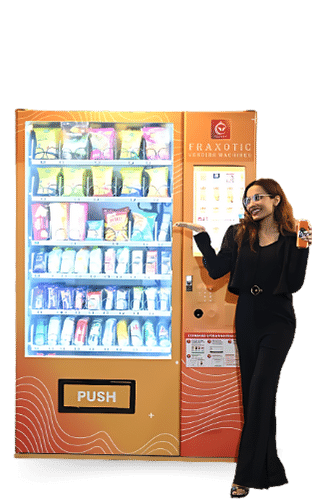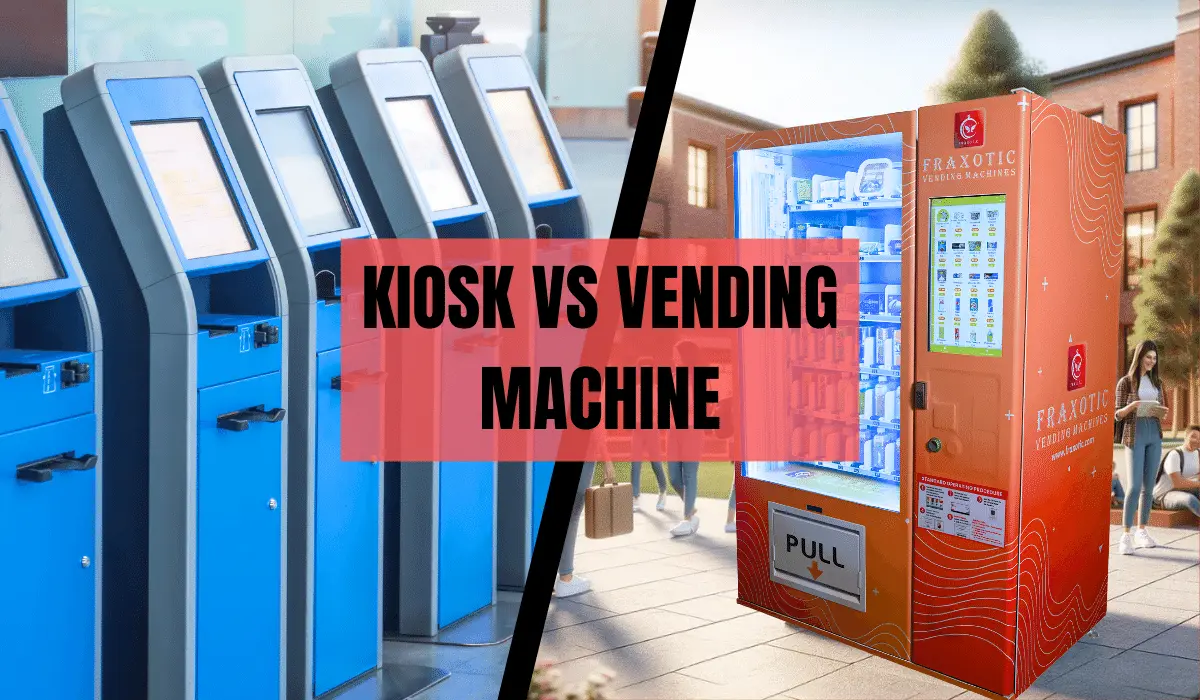
Difference Between Vending Machine and Kiosk?
July 22, 2023
Can I Put Anything in My Vending Machine?
July 24, 2023Vending machines have become an integral part of modern life, providing convenience and instant gratification. We encounter them in various places, from office buildings and shopping malls to airports and train stations. These ingenious devices dispense a wide range of products, from snacks and beverages to toiletries and even electronics. But have you ever wondered how these vending machines handle monetary transactions, effortlessly accepting payments and delivering the desired items? In this article, we will delve into the intricacies of vending machines and explore the fascinating mechanisms that enable them to handle money with ease.
How do Vending Machines Work with Money?
Vending machines work with money through a combination of advanced technologies and mechanical systems. Let’s break down the process step-by-step:
- Selection and Confirmation: When a customer approaches a vending machine, they see an array of products displayed on the machine’s front panel. The customer makes their selection by pressing the corresponding button or touching the item on the interactive display. The machine’s internal system then confirms the availability and price of the chosen item.
- Pricing and Payment: The vending machine relies on a pricing database that matches each product with its cost. Customers can pay using various methods, including coins, paper currency, credit cards, debit cards, mobile payment apps, or even contactless options like NFC.
- Money Recognition: If the customer chooses to pay with cash, the vending machine’s money recognition system comes into play. This system uses advanced sensors and algorithms to identify and verify the denominations of coins and bills inserted by the customer.
- Change Dispensing: In cases where the customer overpays with cash or receives change, the vending machine’s change dispensing mechanism ensures that it returns the correct amount. This process involves a separate compartment that holds coins of different denominations.
- Transaction Approval: Once the payment is successful, the vending machine grants approval for the selected product to be dispensed. The product retrieval mechanism then activates, preparing to release the chosen item.
- Product Dispensing: The product dispensing system is designed to handle various types of items securely. It employs motors and belts to transport the chosen product from its storage position to the delivery point, where the customer can collect it.
- Confirmation and Completion: After the product has been successfully dispensed, the vending machine’s internal system records the transaction as completed. The customer receives their desired item, and the machine is ready for the next user.
How are Vending Machines Designed to Prevent Fraud?
Vending machines have several anti-fraud measures to ensure secure and accurate transactions. Some design features include:
- Coin and Bill Validators: Modern vending machines have highly sophisticated coin and bill validators that can detect counterfeit money and reject it, preventing fraudulent transactions.
- Security Cameras: Many vending machines are equipped with discreet security cameras to deter potential vandals or thieves and aid in identifying suspicious activities.
- Tamper-Resistant Features: Vending machines are designed to be tamper-resistant, making it challenging for unauthorized individuals to access internal components or tamper with the machine’s
mechanisms. - Electronic Payment Security: Vending machines that accept electronic payments, such as credit cards or mobile apps, use encrypted communication channels to safeguard sensitive financial information.
Different Payment Methods in Vending Machines
Vending machines have evolved to accept various payment methods to accommodate the diverse preferences of consumers. Some common payment methods include:
- Coins: Traditional vending machines accept coins of different denominations. The machine’s coin validator verifies the coins and applies the corresponding credit.
- Bills: Vending machines can also accept paper currency. The bill validator verifies the authenticity of the bill and applies the appropriate credit for the chosen product.
- Credit and Debit Cards: Many modern vending machines are equipped with card readers that accept both credit and debit cards. Customers can swipe or tap their cards for a seamless payment experience.
- Mobile Payments: With the rise of mobile payment apps, vending machines have adopted this technology. Customers can make payments using their smartphones and digital wallets.
- Contactless Payments: Vending machines equipped with Near Field Communication (NFC) technology allow customers to make contactless payments by tapping their cards or smartphones on the designated
area.
Advantages and Disadvantages of Vending Machines with Money
Vending machines with money offer numerous benefits, but they also come with some drawbacks. Let’s explore both sides:
- Advantages:
- Convenience: Vending machines provide quick and easy access to products without the need for human interaction or long queues.
- 24/7 Accessibility: Vending machines operate round the clock, allowing customers to make purchases at any time of day or night.
- Space Efficiency: Vending machines occupy minimal space, making them ideal for locations with limited room.
- Cost-Effectiveness: They require lower overhead costs compared to traditional retail stores.
- Impulse Buying: Vending machines encourage impulsive purchases, boosting sales for certain products.
- Disadvantages:
- Limited Product Range: Vending machines are suitable for small, non-perishable items, limiting the variety of products available.
- Mechanical Failures: Occasionally, vending machines may experience mechanical issues, leading to transaction failures or product jams.
- Maintenance Costs: Regular maintenance is necessary to keep vending machines in optimal working condition.
- Cash Handling Risks: Vending machines that accept cash are susceptible to theft or counterfeit money incidents.
Conclusion
Vending machines have revolutionized the way we purchase goods, providing a convenient and accessible shopping experience. Understanding how vending machines work with money can enhance our appreciation for the seamless technology and engineering behind these automated retail solutions. By incorporating various payment methods and employing anti-fraud measures, vending machines continue to be a reliable and practical means of fulfilling our immediate needs.
FAQs
- Do vending machines only accept coins for payment?
No, modern vending machines accept various payment methods, including coins, bills, credit cards, debit cards, mobile payments, and contactless options. - What happens if I insert counterfeit money into a vending machine?
Vending machines have coin and bill validators that can detect counterfeit money. If you try to use counterfeit currency, the machine will reject the transaction. - Can vending machines give change for large bills?
Yes, vending machines with change dispensing mechanisms can provide change for larger bills, ensuring customers receive the correct amount after making a purchase. - How are vending machines refilled with products and money?
Vending machine operators or service personnel are responsible for refilling products and collecting money from the machines. They follow a schedule based on demand and usage patterns. - Are vending machines environmentally friendly?
Vending machines can be environmentally friendly if they have energy-efficient features and promote the sale of eco-friendly products. - What should I do if a vending machine fails to deliver my selected product?
If a vending machine fails to deliver your chosen item after payment, look for a contact number or website displayed on the machine to report the issue. Most vending machine operators offer customer service assistance.


